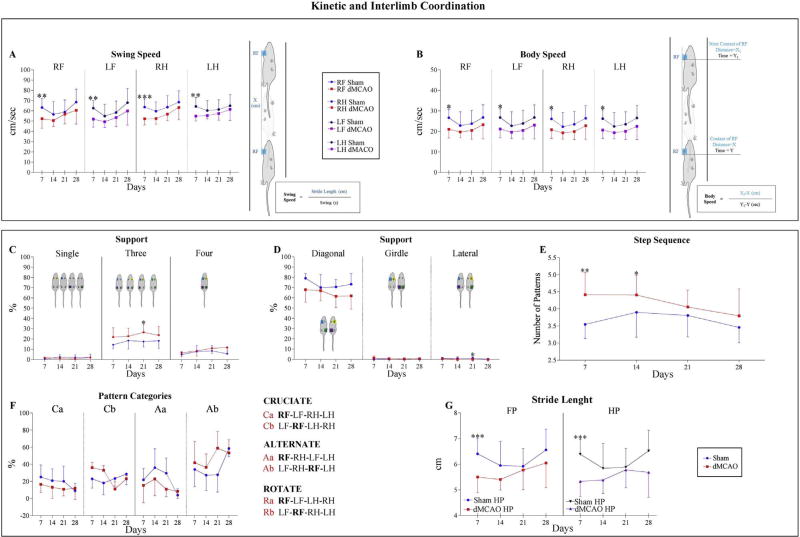Fig. 6. Kinetic and Interlimb Coordination parameters.
Kinetic and Interlimb Coordination parameters were largely affected by experimental ischemia at 7 days after surgery. Kinetic parameters are demonstrated on panels A and B. A) Swing Speed was significantly decreased at 7 days in dMCAO animals compared with the Sham animals. B) Body Speed was significantly affected at 7 days in the dMCAO group in contrast to the Sham group. For additional details for A and B, please see schematic explanation and legends. The animal is walking along the walkway, and blue boxes represent time when the Paw is in contact with the glass plate. Interlimb Coordination Parameters: Support parameter expresses the relative duration of contact with the glass plate for single, double (Diagonal, Girdle or Lateral), three of four paws simultaneously (see graphs and schematic explanations on C and D). E–F) Pattern Categories: Six normal step patterns have been described in rodents, which fall in three categories: Cruciate (Ca, Cb), Alternate (Aa, Ab), and Rotate (Ra, Rb). Please, see additional explanations on panel F legends. Step Sequence Number of Patterns reflects the number of patterns that fall into Cruciate, Alternate or Rotate categories. G) Stride Length is the distance between successive placements of one Paw. This parameter was significantly decreased at 7 days in dMCAO, compared to Sham animals. Front paws (FP) and Hind paws (HP) were combined by the CatWalk software to provide higher resolution. Values are represented as mean ± SD. Parameters were analyzed using a linear mixed-effects (LME) model. P-values were adjusted by Benjamini Hochberg (BH) correction. * p≤ 0.05, ** p ≤ 0.01, *** p≤ 0.001.

